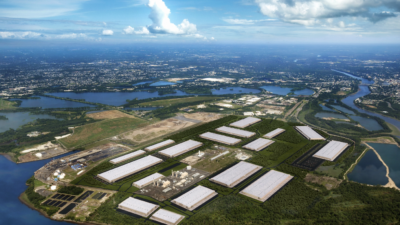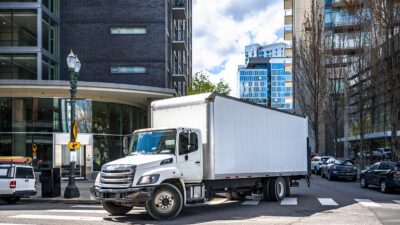Several factors are converging to fuel the industrial real estate market, particularly within the City of Philadelphia.
Economics 101: Supply and Demand
The supply has been shrinking, for a few reasons. Older inventory, particularly close to the central business district, has been and continues to be converted to alternative uses, particularly multi-family. The absence of new spec industrial construction also has held the inventory levels in check. Of the inventory that does exist, most is over 40 years old, with lower ceiling heights and limited parking as compared to today’s standards.
On the demand side, organic growth of companies already located in Philadelphia has absorbed nearly all remaining inventory, particularly more than 50,000 square feet. In addition, Philadelphia is enjoying the fruits of its neighbor’s expansion coming from the north. New York and North Jersey companies cannot find affordable or available warehouse space, so they are searching for space in our markets.
Closer to home, the Port of Philadelphia has always been one of the main hubs for fruit and perishable imports in the United States. This is due to its proximity to the densely populated Northeast region and its location above the 39th parallel. U.S. importers are not typically allowed to import below the 39th parallel, as certain fruits and vegetables from Latin America bring pest concerns.
The volume of cocoa beans, cars, paper and other items also increased over last year. The Packer Avenue Marine Terminal, the Port’s only container terminal, is expanding. Two new cranes and the opening of an extended berth to enable the port to handle three super post-Panamax vessels at once are the first parts of the expansion.
Recently, the Philadelphia Regional Port Authority received approval by the U.S. Department of Transportation for a $25.5 million grant to complete phase two of a multi-phase improvement plan. This is on top of the $300 million that was approved two years ago.
The result will be a deeper berth to match the 45-foot channel depth, two crane conversions from diesel to electric and demolition and relocation/construction of a new temperature-controlled warehouse to an inland site.
Demand is feeling the pressure from a variety of sources including growth in e-commerce and last mile deliveries closer to the inner-core, urban populations, increased drayage costs, decreased availability of labor and truck driver shortages.
The days of free rent and other incentives for industrial leases are gone. Tenants are getting frustrated with the lack of available space for lease and the lack of landlord concessions. User-owners are also faced with a lack of quality buildings to purchase.
Colliers market statistics show what we already know intuitively to be true: The second quarter 2018 vacancy rate is 6.1%, down 100 basis points from the same period just one year ago.
Build it and they will come
All of this points to one thing: New Spec Construction! The old adage “build it and they will come” is happening now, with one exception — “they” are already here, but the inventory is not.
Yes, in what will be the first in a long time, the largest planned spec project is scheduled for 11601 Roosevelt Boulevard, aka the Boulevard Logistics Center. Nationally recognized developer Northpoint acquired this and an adjacent 230,000 square foot building earlier this year. Plans call for a new 36 foot clear 500,000 square foot distribution center, ready for delivery in early 2020.
In addition to this, there are several smaller warehouse projects underway within the City of Philadelphia, and possibly a few build-to-suits as well.
Richard Gorodesky has a thirty-year track record in Philadelphia’s industrial business and government community and can provide valuable assistance to owners, developers or tenants looking to navigate the issues surrounding industrial space in and around the City of Philadelphia.

 Richard Gorodesky
Richard Gorodesky
 Michael Golarz
Michael Golarz Tom Golarz
Tom Golarz
 Craig Hurvitz
Craig Hurvitz
 Lauren Pace
Lauren Pace Ronna Larsen
Ronna Larsen